
Many asthma sufferers have dysfunctional breathing that is reported to have increased breathing problems, and anxiety and greatly reduces the quality of life. Breathing exercises have been found to be very effective in treating breathing dysfunction.
Every year on the first Tuesday of may world asthma day is celebrated, a kind of reminder that breathing exercises are so important for asthma. In this article, we are going to cover very simple yet effective breathing exercises that can be helpful.
Table of Contents
Breathing exercises for asthma
Asthma is a chronic inflammatory disease of the airways, characterized by airway obstruction and bronchial hyperresponsiveness (BHR). The most common symptoms of asthma include cough, wheezing, shortness of breath/breathlessness, and chest tightness (1).
Breathing exercises for asthma are aimed at manipulating the pattern of breathing, increasing the strength and/or endurance of the respiratory muscles, increasing the flexibility of the thoracic cage and improving posture. In addition to breathing exercises research has found that regular exercises, such as aerobics improves asthma control in adults (1). But in this article, we will focus on breathing exercises. So, let us start with diaphragmatic breathing.
#1 Diaphragmatic breathing
Many asthmatic patients have an abnormal breathing pattern in which they expand the chest more than usual. In normal breathing, we use diaphragmatic breathing which must be encouraged. The diaphragm is actually a dome-shaped muscle below the lung. When we inspire, it descends to increase the volume of the rib cage to accommodate as much air as possible and during expiration, it ascends to push out air.
In diaphragmatic breathing, we train the person to breathe from the region around your diaphragm, rather than from your chest. This breathing technique helps to strengthen diaphragm muscles and slow down breathing rate, which in turn decreases your body’s oxygen needs.
So, how to perform diaphragmatic breathing?
For this, your starting position should be either lying on your back with your knee slightly bent by keeping a pillow underneath or sitting straight on the chair. Now, keep one hand flat on the chest and another hand on the stomach.
Take a slow inspiration through the nose, while doing so make sure your hand over the abdomen will move and your hand on the chest will remain still. After this breathe out slowly using the pursed-lip breathing technique.
#2 Pursed lip breathing for asthma
Pursed lip breathing basically involves normal breathing in and breathing out, the only difference is we need to squeeze our lips during breathing out. We have to squeeze our lips in a way similar to when we kiss. This way we are controlling the amount and duration of expiration.
One more thing we have to note here is, that if we are breathing in for 2 sec then we need to breathe out for 4 sec. This is a very good technique to ease ourselves when we feel shortness of breath.
#3 Use of breath holds/pauses
This technique requires us to hold our breath during inspiration and expiration. There are several ways of doing it, we can hold it after a forceful inspiration or after a normal inspiration. Also, after normal expiration on a forceful expiration.
Holding breath can be of varying duration, held during rest or during activity; involve nose holding or not.
#4 Nasal breathing exercise in asthma
We can breathe through the nose or the mouth. Nasal breathing is important to filter, warm, and humidify inspired air, all potentially important factors in minimising the impact of asthma.
However, it is reported that the route of breathing in asthma is frequently mouth breathing and asthma outcomes may be worse in those with co-morbid nasal disease. Mouth breathing may be associated with worsened asthma symptoms and this is why nasal breathing becomes so important.
Nasal breathing simply involves breathing in through the nose and breathing out through the mouth.
#5 Pranayama
It is an ancient breathing technique, a part of yoga that has a number of breathing techniques. The most commonly known of them involves squeezing the left nostril and breathing in from the right, immediately closing the right nostril, and opening the left to breathe out through this. Now, simply change the side, and start squeezing with the right nostril and breathing in form left.
Pranayama has several other breathing techniques which you can learn more about by visiting this link.
Final words
In addition to this, if you suffer from pneumonia-like conditions then postural drainage can help you drain out sputum from the chest. These are postural techniques that anyone can learn to do at home.
Reference:
- Jaakkola, J.J.K., Aalto, S.A.M., Hernberg, S. et al. Regular exercise improves asthma control in adults: A randomized controlled trial. Sci Rep 9, 12088 (2019). https://doi.org/10.1038/s41598-019-48484-8
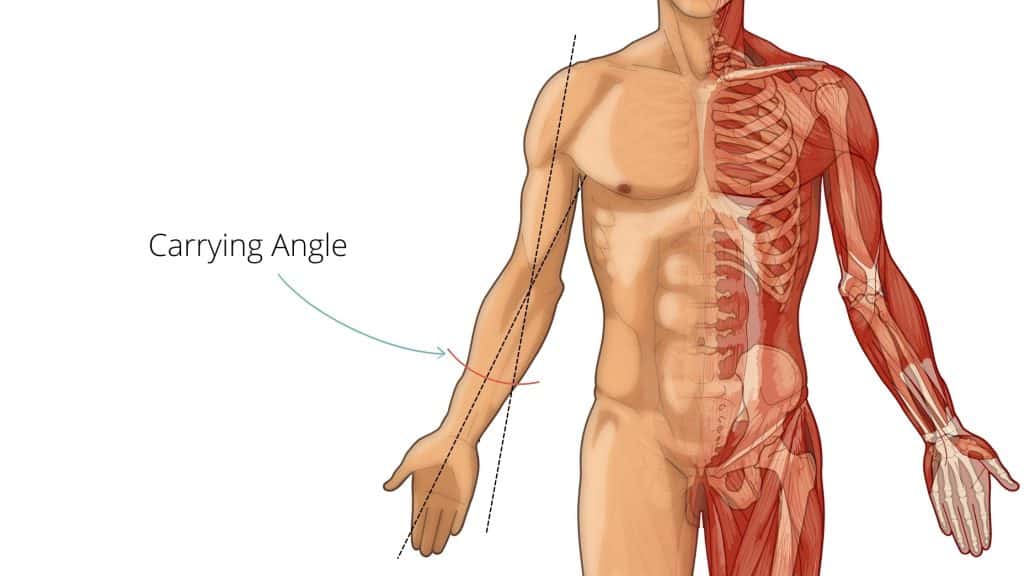
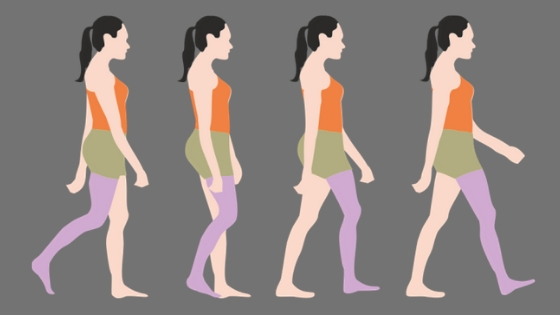
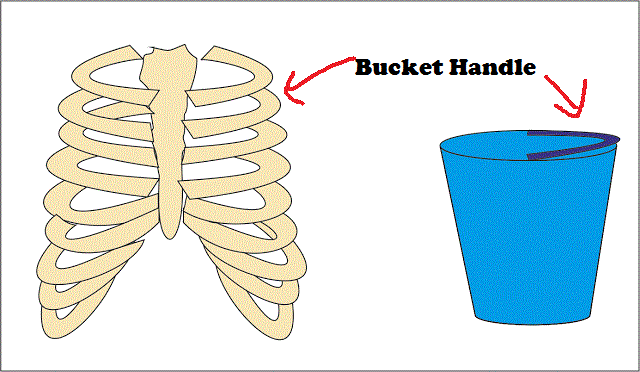
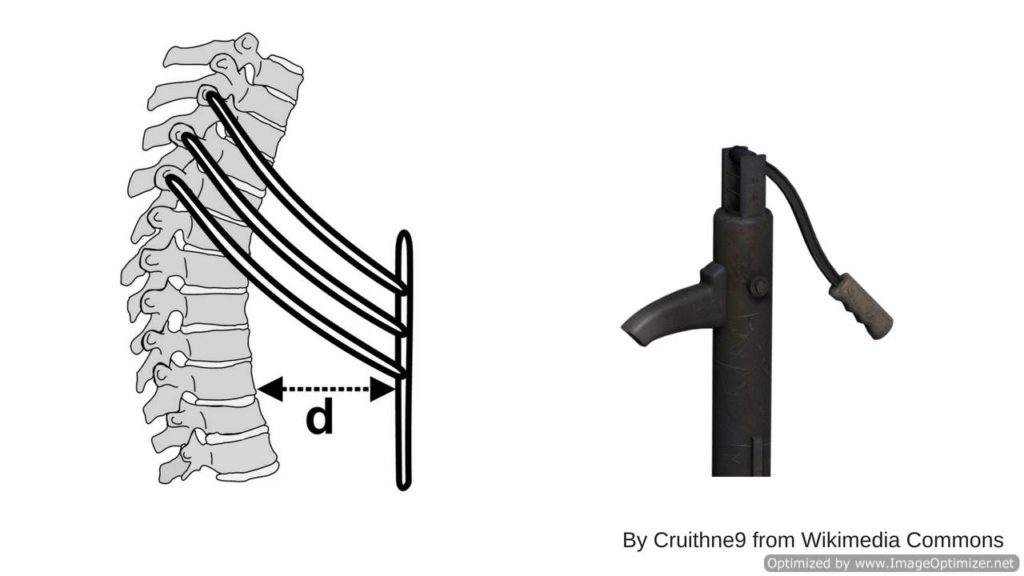
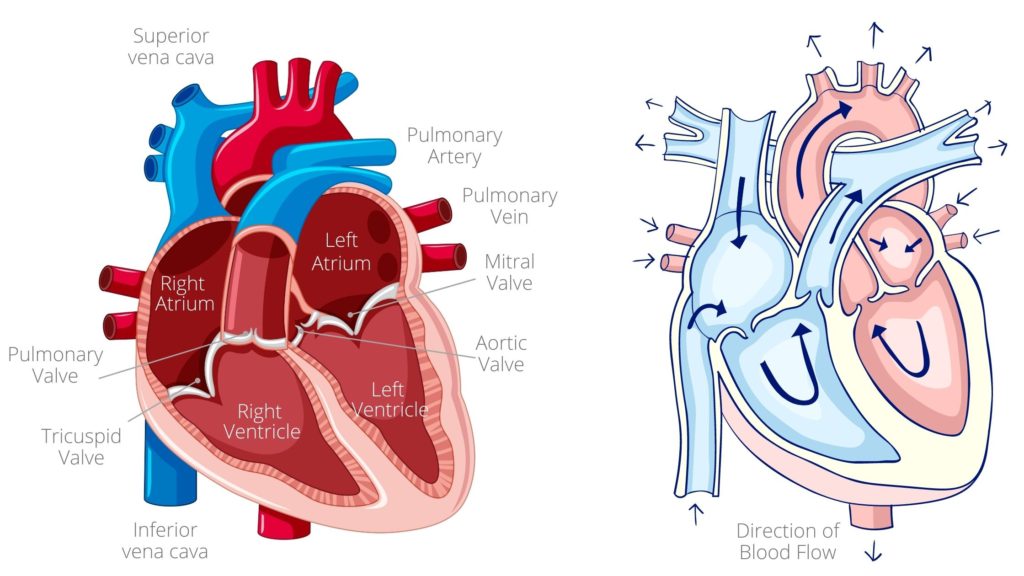
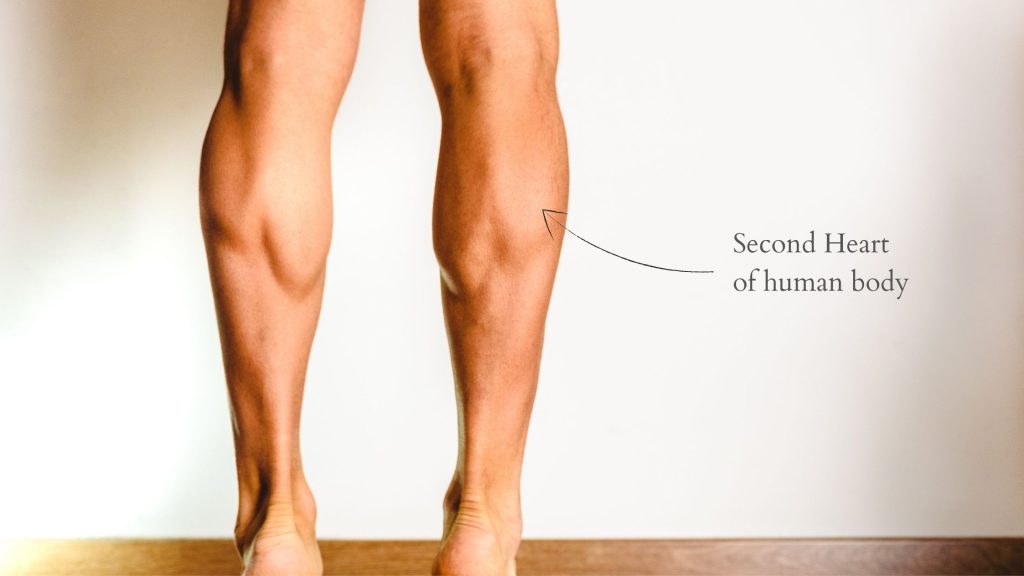
Pingback: Postural Drainage Positions & Technique Simplified - Physiosunit
Glad that you find it helpful 🙂
Very helpful post for this pandemic situation that Corona has created. Now we know that healthy breathing is essential for a healthy life. Thank you for sharing.